
Felix Carrasco’s favorite item of merch is from the first concert he ever attended: Michael Jackson in Madrid on the Dangerous tour, 1992.
“They didn’t have a shirt [with tour dates], an official one, so I ended up dragging my parents around the bootleggers until we found one that had the Madrid date on the back,” he smiles. “And that hangs next to my desk at work.”
For a man who loves music and merchandise as much as Carrasco, he’s found his true calling as the Senior Vice President, Merchandise, at Warner Music Experience (WMX). Here, Carrasco draws on his years of experience to discuss the best ways to maximize merch sales, the optimum social media channels through which to sell, and much more.
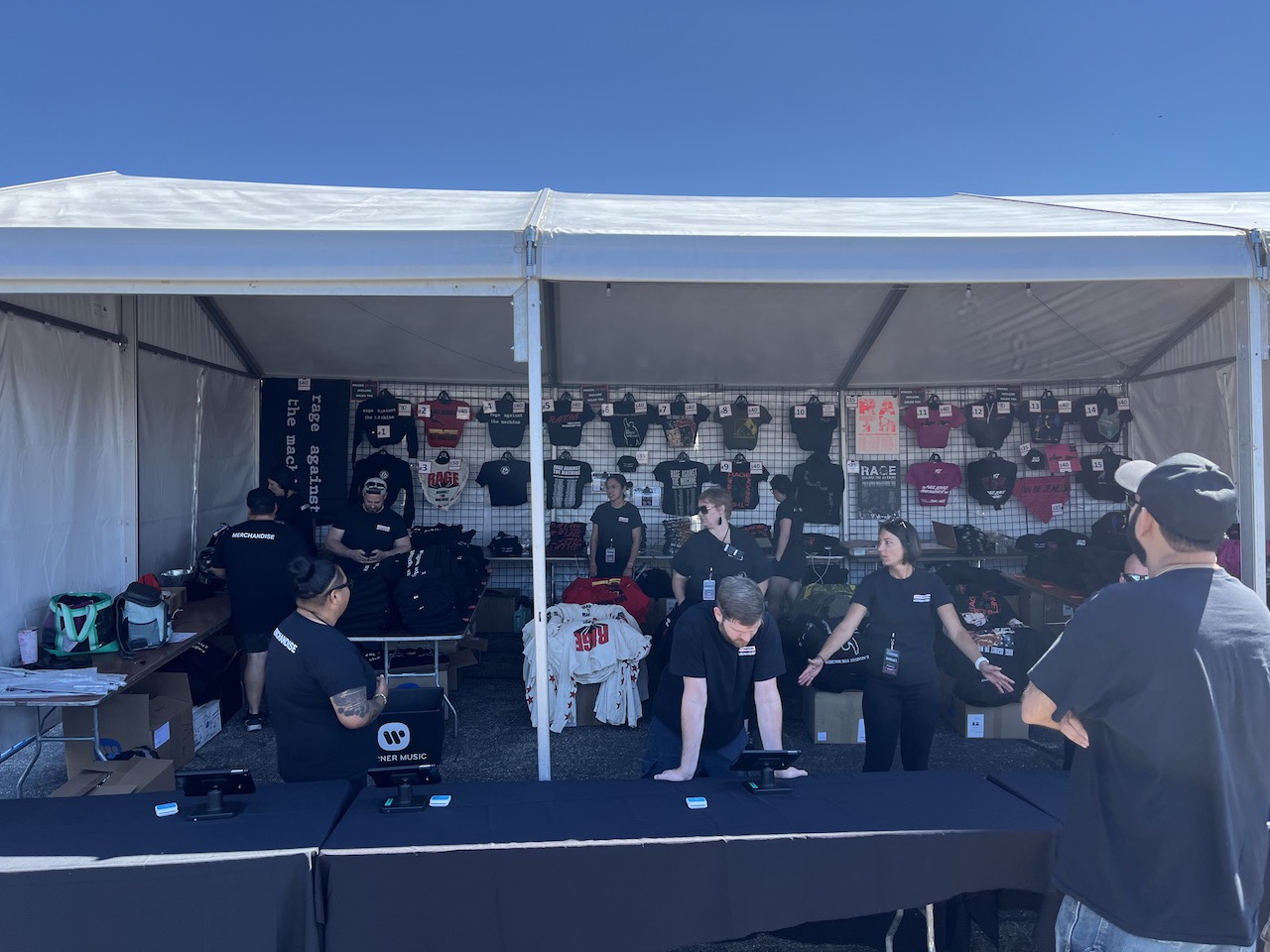
When you're working with an artist on a line of merch, what are the best practices you advise them on?
The first thing is, less is more with the touring side. The number of items that we tend to see the sales gravitate towards is three items in the line, seven to 10 is the maximum.
A lot of artists think that by giving more options to fans, it will be a better experience. We try to explain that being able to move through the lines faster, and having less options to select from, traditionally makes for a better customer experience.
As we're developing the merchandise lines [we’re] thinking, what did our line look like last time we came to market? We're not copying it, but we're using it as a template to see what worked. And [we’re] trying to understand what items are trending at the moment in the marketplace. Are tie dyes in this summer? Is it more oversized fitted T-shirts? Having those conversations with the artist to see if they want to follow a trend or if they want to stay to what is their true practice.
And then really trying to gravitate towards the designer that we're going to be using or the designers that we're going to be using and how deep they're going with the artwork that we're doing. So trying to understand the narratives of fit as part of the overarching marketing for the band's merchandise, so there is some symmetry between that and their online webstore, but there's differences within it as well.
"The number of items that we tend to see the sales gravitate towards is three items in the line, seven to 10 is the maximum."
Innovations such as mobile ordering and ship-to-home have helped improve line speeds. What else can artists or vendors do to keep lines moving quickly?
It’s really trying to get as many vendors working the lines as possible, and as many locations as possible open. And also opening earlier in the day. So if you're doing a stadium or an arena, if you can open an hour before doors, just the lobby sides to be able to start getting people buying and transacting, it alleviates a lot of the lines.
For the stadium tour that we have for Ed Sheeran, we have a truck that's going to be open during the afternoon. So while people are tailgating and hanging out beforehand they can go buy their merchandise, drop it off at the car, they don't need to carry it around all night.
Do you see a jump in sales with those activations?
Yeah, you will see the sales come in earlier in the day. It starts slow but you do see sales pick up around 4 or 5pm as people are getting there and getting ready to go into the concert.
We saw that last summer a lot. What we call the ‘in’ – people going into the concert – is really where you're doing the majority of your sales now, and on the ‘out’ people are just wanting to get home. So it's so much about trying to do as many transactions as possible whilst the fan is getting excited and warmed up for the concert that night.
And the line is a real deterrent for the casual fan. The diehard fan will happily stand in line as long as you want. So whether you have an item or two on standalone carts, whether it's just someone selling the program for the night or a T-shirt, you can try and disperse your best sellers around the place.
"Whether you have an item or two on standalone carts, whether it's just someone selling the program for the night or a T-shirt, you can try and disperse your best sellers around the place."
What are the key things artists can do to maximize their merch sales, both on tour and via e-commerce?
It's how you come to market in a way that feels natural to you and speaks to your fan base. What feels natural to you?
We had an artist about a year ago and he wore his hoodie to all the promo that he did for two days. And you saw his merch in a natural setting, where there was a lot of video footage being taken behind the scenes. And suddenly sales spiked on that item.
It’s just bringing it naturally into a way where it fits into your ecosystem, so it doesn't feel like a sell to the fan base, but you are naturally supporting and highlighting this merchandise.
When artists wear their merch on stage, do you see a correlation with those pieces selling well?
Definitely. There are some artists who are very in tune with it, who will be looking at the sales reports and seeing that there'll be an item that isn't moving, that they feel passionate about, and they start to wear it on stage. And then you'll see the sales pick up.
Whenever there's a connection with the item of merch and the artist, the fans definitely gravitate towards it. We have an artist at the moment on the road who we made a stage shirt for. He's been wearing it every single night. And that's led us to then manufacture it and put it for sale for the fans just because we felt it had to be there. And it's become I think the third best seller on that tour.
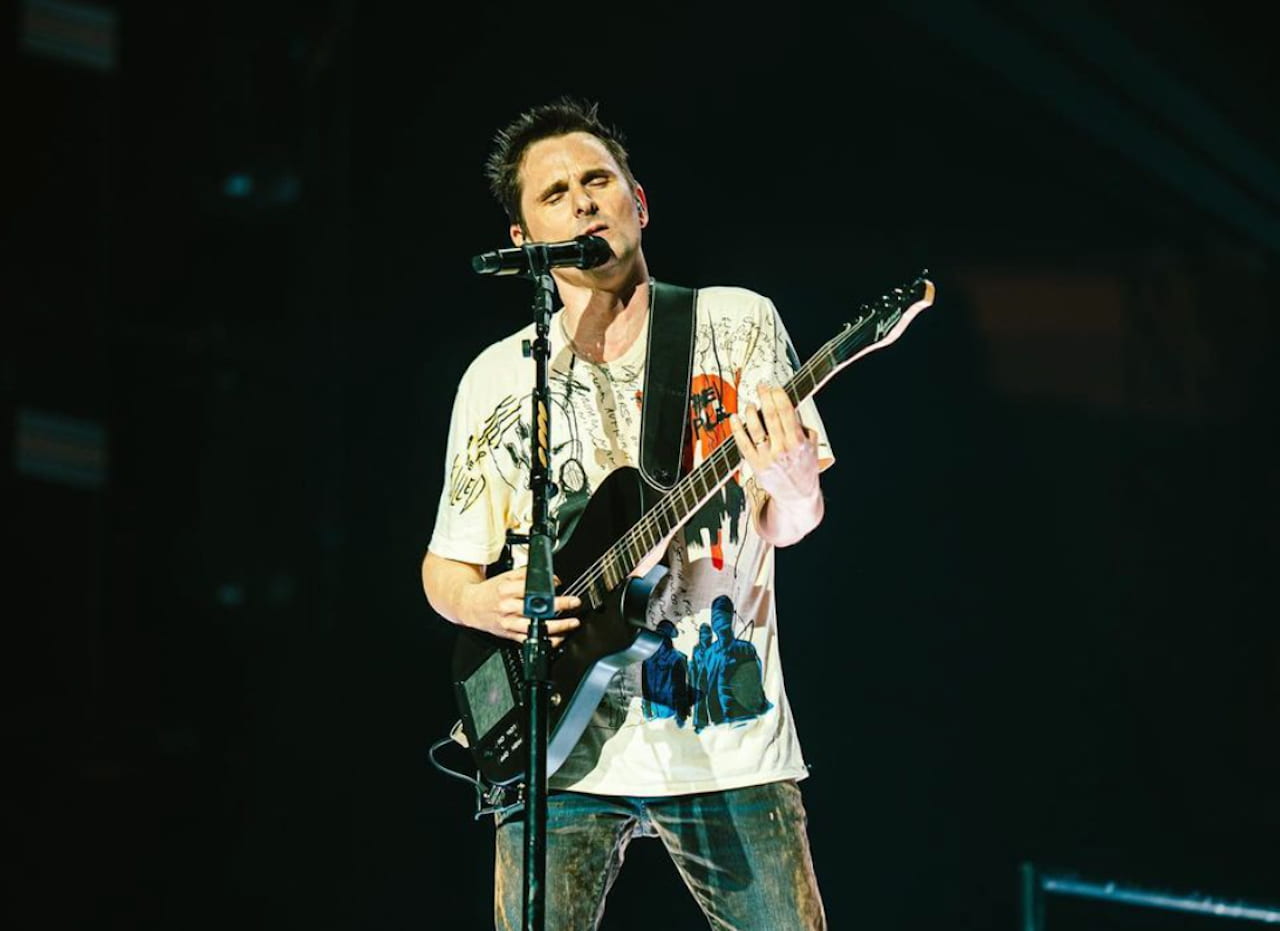
What are the most impactful channels through which artists can promote their merch?
I know it's unsexy, but the best channel is still email. So by actually taking your fans and focusing on being able to put them into an ecosystem where you as an artist can speak directly to them, and there's community as well for the texting side and SMS. Those are the two best channels because you're reaching 100% of the audience. Whether they interact and open and click through, that bit is really down to how you're speaking to them, you're not spamming them, and you’re marketing the right way.
On socials, we're still finding Instagram is linking through probably the best out of all of them. Embedding within the Stories so that you can click right through tends to be working, but you're still only reaching a certain percentage of your overall fan base. And that's the piece that we always struggle with.
We will put paid advertising behind posts to really try and help it move, because we do see the return on investment being there, it's just the challenge of how much you're going to spend to really acquire a fan or get them to transact.
"We spend a lot of time trying to make sure that we segment audiences and understand [them], especially as we look at the VIP customer data."
To get the most out of your email and SMS marketing, how important is segmenting your audience?
We spend a lot of time trying to make sure that we segment audiences and understand [them], especially as we look at the VIP customer data. So we know that there is a fan that is spending a premium to see their artist in a specific city. So then you're also able to start geo targeting and marketing to specific markets, to core audiences.
And it's about engaging with them outside of just asking them to transact. So we'll use the top listener data from Spotify, and we'll use the top purchasers, and we will gift them products or we'll send them out elements where it engages within the fan community, because we know that there is a real element to supporting and nurturing the fan community and having them engaged in being able to keep the buzz going around a lot of our artists.
We spoke about some of the things that artists can do to maximize their merch sales, but what are the common mistakes you see?
I know it's going to sound very basic, but not putting the artist’s name on the merchandise. Most of the time, the person that is purchasing your merch wants to represent the artist, and not having it tends to really impact sales.
I know that Radiohead, I think it was the In Rainbows tour, did not carry the band name across any of their merch. It directly impacted their sales, they were about £2 a head lower than where they had skewed previously.
And then the other piece I'd say is not printing multiple colorways up of the same design. People will traditionally buy a T-shirt because they like the look of it. They're only going to buy one, they're not going to buy five colors of the same T shirt.
And lastly, I know it's not fun, but put your tour T-shirt on a black blank, because most people will interact and purchase a black T-shirt. It is more size inclusive than the colored or whites of the world. But again, it needs to feel true to your brand. If everything that you've done has been on bright neon colors, don't pivot out of that, because you know what your demographic is.
"Put your tour T-shirt on a black blank, because most people will interact and purchase a black T-shirt."
What are the major pain points around selling merch, and how have you navigated them?
The largest pain point is really the cost on a lot of these things. There is only a specific amount that a fan will want to buy a T-shirt for. And you don't want to go outside of that realm, unless there's a really good story that engages your fan base.
Billie Eilish is being very conscious about all of the T-shirts that she's selling on her tour being eco conscious, and [she’s] reworked old garments into a new life. So there is an element to be able to charge more on that side.
The other side is really trying to make something where it's logistically sound, so that if your sales do skew really high, you can also bring something new to market. And so thinking through, even if you're doing an eco-conscious blank, are we willing to then forego that if we need a rush reorder any point.
If the answer's no, which is perfectly acceptable, then are we okay to increase the price? So then the sales will go down slightly on it, and you're not going to run out of inventory. And so all of the back-of-the-napkin math comes into it with every scenario as you’re planning out these tours.
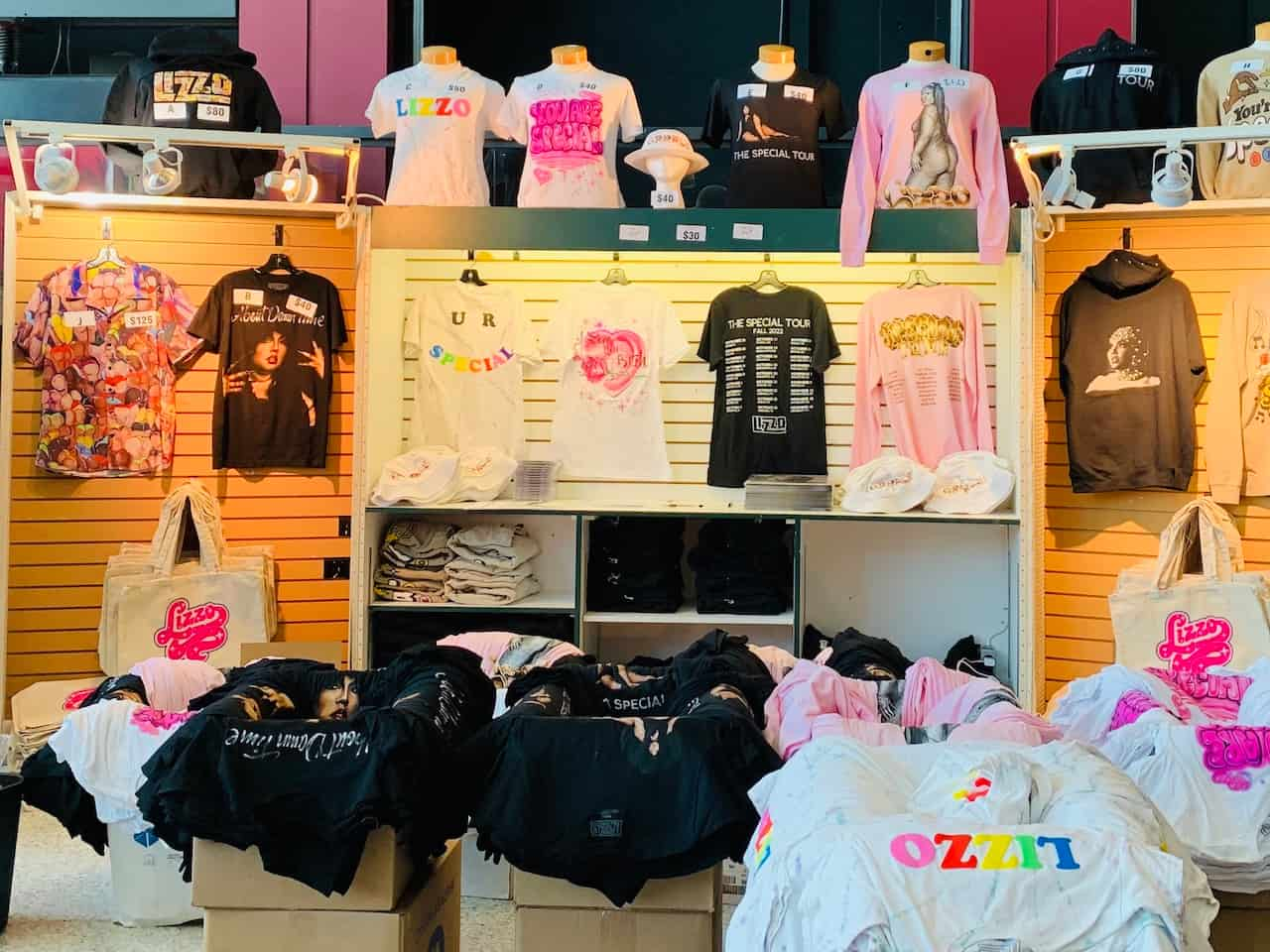
How important is forecasting potential merch sales on tour?
The touring side, it's number one. We have a team that will look at the data as to what they're seeing in markets. Hoodies and crew necks are skewing higher, so we want to carry more of those, but you also don't want to expose yourself too much.
So it's constantly looking and re-analyzing the data. And atVenu is very good at helping with those tools, at being able to analyze the touring side and really look at how it's skewing.
But it's then also getting the information from the promoter, making sure you have updated ticket counts, making sure that you know exactly how many fans are not attending at the moment because there is another pandemic wave coming through in specific areas of the world. And all of these bits that come into it will really help us in trying to analyze, to forecast as best as possible.
The industry standard is between about 3-5% of overstock at the end of it. So that's kind of the wheelhouse to look at and try and follow through. And having a conversation ahead of time about which items we are okay, near the end of the tour, to start selling clean on, so we can try to bring that number right down is very important as well.
"The industry standard is between about 3-5% of overstock at the end of it. So that's kind of the wheelhouse to look at and try and follow through."
Are there any innovations that you're seeing in the retailing space which are really being effective in selling more merch?
Yeah, in the retail side, it's fascinating.
There's the core box players that we have been selling to for the last 20 years where you're going to get constant support. So in the US, Hot Topic, Urban Outfitters, Spencer's [are the] ones that we're constantly selling in.
There's new accounts that are really starting to enter the merchandise space in a more active way. So Nordstrom has been starting to come in, those are more your classic one-way buy.
Network has been quite interesting in being able to kind of work in that limited pop-up space. And they've actually just opened a physical location in LA, so there is now a physical pop-up that they're able to activate. And it really helps in authenticating them as a pop-up player, when they have kind of a template that they're able to pivot.
And then the other one I'd say is Fanatics. Whilst very new in the music retail space, they did the Fenty collaboration around the Super Bowl. And it was kind of looking at a sporting event that was very impactful, and how they could then target into the music space.
And they've also started to do a lot of fan-artist presales. So by using their database, they're starting to create synergy within the music space. They did one a few weeks ago with Jelly Roll.
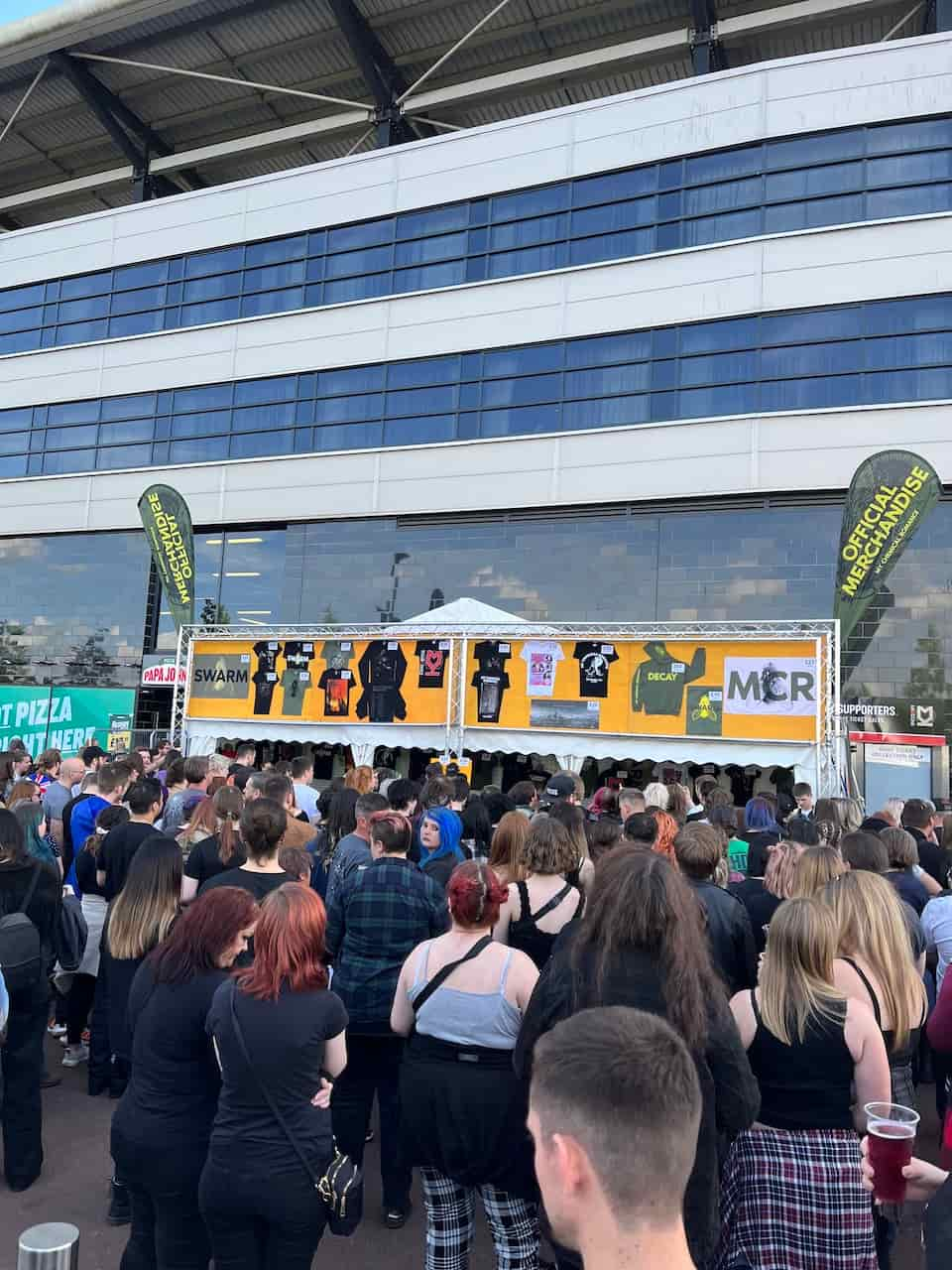
What trends are you seeing in merch sales for touring and e-commerce?
On the touring side, we're seeing that about three items will make up about 60% of the sales. We see that the commemorative merchandise is really still selling the best. In the post-pandemic world I'm also seeing hoodies and crewneck sweaters skewing very high as people still want to be able to take that item home and wear it about when they're working from home.
We've seen on the touring side, the industry pricing has moved up since pre-pandemic. At the moment, most arenas are priced at between $40 to $50 for a T-shirt, whereas beforehand, it would definitely be, you know, $35 to $45.
On the e-comm side we're seeing more thoughtful drops than mass produced drops. So trying to think through what is that tangible item that the fan will really want to gravitate towards.
"We've seen on the touring side, the industry pricing has moved up since pre-pandemic. At the moment, most arenas are priced at between $40 to $50 for a T-shirt, whereas beforehand, it would definitely be, you know, $35 to $45."
What are some examples of those tangible items?
From the event specific side, really just something that's local and granular down to the respective market. So by having a limited edition poster that's hand numbered, that's always a really exciting piece.
From the online side, it’s really starting to think through your seasonal holidays where it makes sense. So trying to come up with a fun holiday sweater or a holiday piece or something that the fans haven't seen every single year, and trying to do that as well with summer, but you're going to be too late now to really get your fun custom summer pieces going.
But thinking through summer for ’24 now, and trying to really get ahead of it. I'm looking more at two-year plans than I ever have done before, and talking to our artists about a two-year plan for their online merch store.
By thinking through a two-year strategy, we can really start to plan and work out moments and think through how that then feeds into the next moment. And so whether it be talking through the history of a band or album celebrations, you're also starting to be able to plug in what you're missing within a two year plan.
It's really thinking through that collectible piece around the holidays, where we know that fans are going to want to get that gift for the friend or family member and spend that extra revenue. For us it’s, how do we start to make the best piece for that drop?
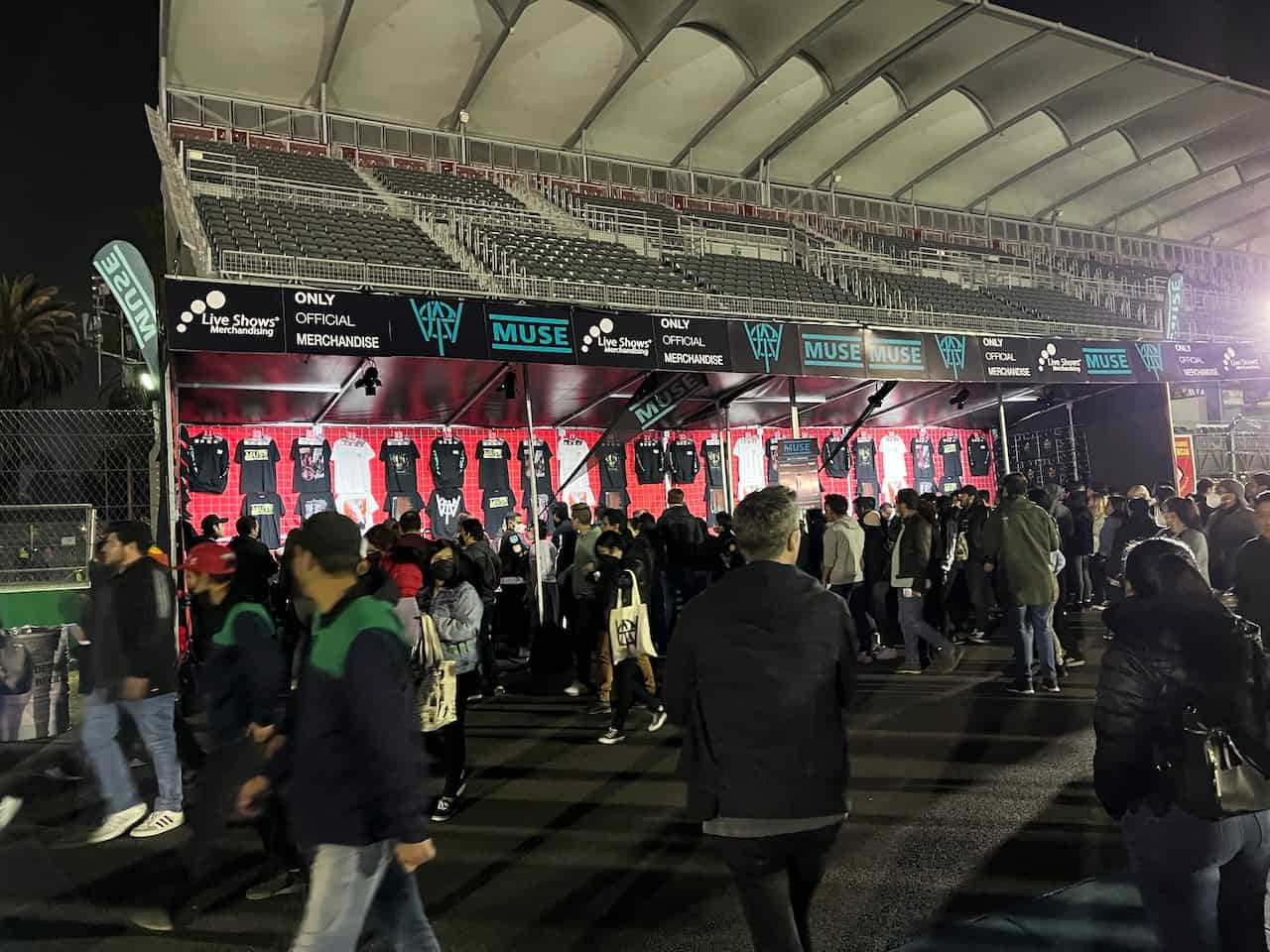
What are you forecasting for merch in the next 12 to 24 months?
I think that there's two trends that I'm seeing at the moment. One is the mass market is growing. There's more retailers that are getting into music merchandise than before. And there are more accounts opening, so it's very exciting.
And we're also getting more boutique, and there's more of an element of finding someone like an Oxford Pennant and doing a kind of custom boutique pennant or something that interacts more in a handmade local market. And it's fascinating that both ends of the spectrum are really moving forward at the moment.
The touring side right now, we're still seeing that post-pandemic boom in sales. I don't think that's going to slow down through this summer. I would expect in the next 12 months that it kind of comes down a little bit, but not so much.
Follow Felix on LinkedIn.


